Home>Technology>Home Entertainment Systems>What To Look For In A Projector For Business


Home Entertainment Systems
What To Look For In A Projector For Business
Modified: January 4, 2024
Looking for a projector for your home entertainment system? Discover the key features to consider for a business projector, from brightness to connectivity options.
(Many of the links in this article redirect to a specific reviewed product. Your purchase of these products through affiliate links helps to generate commission for Storables.com, at no extra cost. Learn more)
Image Quality
When it comes to selecting a projector for business use, image quality is paramount. The ability of a projector to deliver crisp, clear, and vibrant images directly impacts presentations, meetings, and overall professionalism. Here are the key factors to consider when evaluating the image quality of a business projector:
-
Native Resolution: The native resolution of a projector determines the clarity and detail of the images it produces. For business purposes, a projector with a high native resolution, such as 1920×1080 (Full HD) or higher, is recommended to ensure that text, graphics, and multimedia content are displayed with precision and sharpness.
-
Color Accuracy and Brightness: A business projector should accurately reproduce colors to convey information effectively. Look for a projector with high color accuracy, typically expressed as a percentage of the sRGB or Rec. 709 color gamut. Additionally, adequate brightness is crucial, especially for well-lit meeting rooms or conference venues. A projector with a high lumen count, such as 3000 lumens or more, ensures that presentations remain vivid and legible in various lighting conditions.
-
Contrast Ratio: A higher contrast ratio contributes to sharper images, especially in dark or dimly lit environments. A projector with a substantial contrast ratio, such as 10,000:1 or greater, enhances the depth and clarity of visuals, making it easier for audiences to discern details in presentation materials.
-
Lens Quality and Throw Ratio: The quality of the projector's lens directly impacts image sharpness and focus. Look for projectors with high-quality lenses and adjustable throw ratios to accommodate different room sizes and projection distances. This flexibility ensures that the projected image remains clear and well-defined regardless of the setup.
-
Image Enhancement Technologies: Some projectors incorporate advanced image enhancement technologies, such as pixel shifting, HDR (High Dynamic Range), and image processing algorithms, to optimize image quality. These features can elevate the overall visual experience, particularly when showcasing detailed graphics or multimedia content.
In essence, prioritizing image quality when selecting a business projector is crucial for leaving a lasting impression during presentations and meetings. By considering the native resolution, color accuracy, brightness, contrast ratio, lens quality, and image enhancement technologies, businesses can ensure that their projector meets the demanding visual requirements of professional environments.
Remember, a projector with exceptional image quality not only enhances the delivery of content but also reflects positively on the professionalism and attention to detail of the business itself.
Key Takeaways:
- Prioritize image quality in business projectors for clear, vibrant presentations. Consider resolution, color accuracy, brightness, and lens quality to leave a lasting professional impression.
- Choose a business projector with versatile connectivity options for seamless integration with various devices. Look for HDMI, wireless, and network connectivity to enhance dynamic presentations.
Read more: What To Look For In An Outdoor Projector
Brightness and Resolution
When evaluating projectors for business applications, the considerations of brightness and resolution play pivotal roles in ensuring optimal visual performance. Here’s a comprehensive overview of these essential factors:
-
Brightness: The brightness of a projector is measured in lumens, and it directly influences the visibility and clarity of projected content. For business settings, especially those with ambient light or large meeting spaces, a projector with higher lumens is essential to maintain vivid and legible presentations. A brightness level of 3000 to 4000 lumens is typically recommended for standard meeting rooms, while larger venues may necessitate projectors with 5000 lumens or more to combat ambient light and maintain image quality.
-
Resolution: The resolution of a projector denotes the number of pixels used to create an image. For business applications, a higher resolution is advantageous as it ensures sharper, more detailed visuals. Common resolutions include XGA (1024×768), WXGA (1280×800), 1080p (1920×1080), and 4K (3840×2160). Opting for a projector with at least 1080p resolution is recommended for business presentations, as it delivers crisp text and intricate graphics, enhancing the overall viewing experience for both presenters and audiences.
-
Optical Zoom and Lens Shift: Projectors equipped with optical zoom and lens shift capabilities offer flexibility in adjusting the size and position of the projected image without physically moving the projector. This feature is particularly valuable in business environments where the projector may need to be set up at varying distances from the screen or projection surface, allowing for seamless adaptation to different room configurations without compromising image quality.
-
Projection Distance and Screen Size: Understanding the optimal projection distance and screen size for a given projector is crucial for achieving the desired visual impact. Whether it’s a small meeting room or a large conference hall, the projector’s throw distance and its compatibility with different screen sizes should be considered to ensure that presentations are captivating and easily visible to all attendees.
By prioritizing brightness and resolution in the selection of a business projector, organizations can elevate the quality of their presentations, training sessions, and collaborative meetings. The seamless integration of these factors not only enhances visual clarity and engagement but also reflects a commitment to delivering impactful and professional presentations in the business environment.
Connectivity Options
When choosing a projector for business use, the availability of diverse and versatile connectivity options is crucial for seamless integration with various devices and presentation sources. Here’s a detailed exploration of the essential connectivity features to consider:
-
HDMI and DisplayPort: Projectors equipped with HDMI and DisplayPort inputs offer compatibility with a wide range of modern devices, including laptops, desktop computers, Blu-ray players, and streaming devices. These digital connections ensure high-quality transmission of audio and video signals, making them indispensable for delivering impactful presentations and multimedia content in business settings.
-
VGA and DVI Inputs: While HDMI and DisplayPort cater to digital sources, projectors featuring VGA and DVI inputs provide connectivity for legacy devices such as older laptops, desktop computers, and certain AV equipment. This versatility enables seamless integration with a variety of presentation sources, ensuring that businesses can leverage their existing technology infrastructure without compatibility constraints.
-
Wireless Connectivity: The inclusion of wireless connectivity options, such as Wi-Fi and Bluetooth, empowers presenters to effortlessly share content from their smartphones, tablets, and laptops without the need for physical cable connections. This wireless freedom fosters dynamic and interactive presentations, enabling seamless transitions between presenters and enhancing audience engagement.
-
USB and SD Card Ports: Projectors featuring USB and SD card ports provide convenient playback options for multimedia content directly from storage devices. This feature is particularly advantageous for businesses conducting training sessions, workshops, or product demonstrations, as it eliminates the reliance on external playback devices, streamlining the presentation process.
-
Network Connectivity and Remote Management: Business projectors equipped with Ethernet or Wi-Fi connectivity offer remote management capabilities, allowing for centralized control, monitoring, and maintenance. This feature is valuable for IT administrators and facilitates efficient deployment, configuration, and maintenance of multiple projectors across different locations within an organization.
By prioritizing projectors with diverse connectivity options, businesses can ensure seamless integration with a multitude of devices and presentation sources, fostering a versatile and dynamic environment for impactful presentations and collaborative meetings. The flexibility provided by comprehensive connectivity options not only enhances the efficiency of presentations but also reflects a commitment to leveraging advanced technology for business success.
Portability and Size
When selecting a projector for business use, the considerations of portability and size are instrumental in facilitating flexible and dynamic presentation setups. Here’s an in-depth exploration of the significance of portability and size in business projectors:
-
Compact Design and Weight: Business projectors with a compact and lightweight design offer portability and ease of transportation between meeting rooms, off-site presentations, and collaborative workspaces. A portable projector facilitates seamless integration into various environments, allowing presenters to adapt quickly to different venues without compromising on visual performance.
-
Carrying Case and Accessories: The inclusion of a dedicated carrying case and essential accessories enhances the portability of a projector, providing a secure and convenient solution for transportation and storage. A well-designed carrying case not only protects the projector during transit but also organizes cables, remote controls, and adapters, ensuring that presenters have everything they need for successful presentations on the go.
-
Adjustable Mounting Options: Business projectors that offer versatile mounting options, such as ceiling mounts, tripod stands, and adjustable feet, provide flexibility in positioning the projector for optimal viewing angles and screen alignment. This adaptability is essential for accommodating diverse presentation spaces and ensuring that the projected image remains clear and distortion-free.
-
Built-in Speaker and Audio Output: Projectors with integrated speakers or audio output options eliminate the need for external audio equipment, streamlining the setup process and enhancing portability. This feature is particularly advantageous for business presentations in smaller meeting rooms or impromptu settings where a separate audio system may not be readily available.
-
Quick Setup and Instant Power-Off: Business projectors designed for portability often feature rapid startup times and instant power-off functionality, allowing presenters to commence presentations promptly and efficiently conclude sessions without prolonged cooldown periods. This seamless operation contributes to a smooth and professional presentation experience in various business environments.
By prioritizing portability and size in the selection of a business projector, organizations can empower their presenters with the flexibility and adaptability needed to deliver impactful and engaging presentations across diverse settings. The seamless integration of these features not only enhances the efficiency of presentations but also reflects a commitment to leveraging advanced technology for dynamic and successful business communications.
When looking for a projector for business, consider the brightness, resolution, connectivity options, and portability to ensure it meets your presentation needs.
Compatibility with Devices
When evaluating projectors for business use, ensuring compatibility with a diverse range of devices is essential for seamless connectivity and versatile presentation capabilities. Here’s a comprehensive exploration of the significance of device compatibility in business projectors:
-
Operating System Compatibility: Business projectors should offer broad compatibility with various operating systems, including Windows, macOS, and Linux, to accommodate the diverse devices used by presenters and participants. This ensures that laptops, tablets, and other computing devices can seamlessly connect to the projector, regardless of their operating system, fostering a versatile and inclusive presentation environment.
-
Mobile Device Integration: The ability of a projector to interface with smartphones and tablets is increasingly important in business settings, enabling presenters to share content directly from their mobile devices. Projectors with support for iOS, Android, and other mobile platforms through wireless or wired connections empower presenters to deliver dynamic and engaging presentations, leveraging the full potential of their mobile devices.
-
AV Equipment Connectivity: In addition to computing devices, business projectors should seamlessly integrate with audio-visual equipment such as DVD players, document cameras, and video conferencing systems. This comprehensive compatibility ensures that presenters can incorporate a wide range of multimedia sources into their presentations, enhancing the overall impact and versatility of their content.
-
USB and External Storage Devices: Projectors equipped with USB ports and support for external storage devices such as flash drives and external hard drives offer convenient playback options for multimedia content. This feature is valuable for businesses conducting training sessions, workshops, or product demonstrations, as it allows presenters to access and showcase content directly from portable storage devices without the need for additional computing equipment.
-
Network Integration and Remote Access: Business projectors with network connectivity options facilitate seamless integration with corporate networks, enabling remote access, content sharing, and centralized management. This capability is particularly advantageous for businesses with distributed teams, allowing for efficient collaboration and presentation delivery across different locations while maintaining consistent connectivity and access to shared resources.
By prioritizing compatibility with a diverse array of devices, businesses can ensure that their chosen projector seamlessly integrates with various technology platforms, empowering presenters to deliver engaging and impactful presentations. The comprehensive device compatibility of business projectors not only fosters a dynamic and inclusive presentation environment but also reflects a commitment to leveraging advanced technology for successful business communications.
Read more: What To Look For In Outdoor Projector
Longevity and Maintenance
When selecting a projector for business use, assessing its longevity and maintenance requirements is crucial for ensuring reliable performance and cost-effective operation over time. Here’s an in-depth exploration of the significance of longevity and maintenance in business projectors:
-
Lamp Life and Replacement: The lamp life of a projector directly impacts its longevity and ongoing maintenance costs. Projectors with longer lamp life, typically measured in thousands of hours, offer extended usage before requiring lamp replacement. Additionally, easy access to and cost-effectiveness of replacement lamps contribute to the overall maintenance considerations for businesses seeking sustainable and economical projector solutions.
-
Filter Maintenance and Cleaning: Many projectors feature air filters to prevent dust and debris from accumulating and affecting internal components. Assessing the ease of filter maintenance, including accessibility and cleaning requirements, is essential for ensuring consistent performance and prolonging the projector’s operational lifespan. Projectors with user-friendly filter maintenance features alleviate the burden of regular cleaning and upkeep.
-
Cooling System and Heat Management: Efficient heat dissipation and a robust cooling system are essential for maintaining the internal components of a projector and ensuring prolonged operational reliability. Projectors designed with advanced cooling technologies and effective heat management contribute to their longevity by minimizing the risk of overheating and component degradation, thereby reducing the need for extensive maintenance and repairs.
-
Reliability and Durability: Assessing the overall build quality, reliability, and durability of a projector is crucial for anticipating its long-term performance and maintenance requirements. Projectors constructed with high-quality materials and robust internal components are more likely to withstand regular usage and environmental factors, reducing the frequency of maintenance and repair interventions over time.
-
Remote Monitoring and Diagnostics: Business projectors equipped with remote monitoring and diagnostic capabilities offer proactive maintenance and troubleshooting features, enabling IT administrators to identify and address potential issues before they impact presentation activities. This remote accessibility streamlines maintenance efforts and contributes to the overall longevity and reliability of the projector within the business environment.
By prioritizing the longevity and maintenance considerations of a business projector, organizations can make informed decisions that align with their operational requirements and budgetary considerations. The seamless integration of these factors not only contributes to reliable and cost-effective projector performance but also reflects a commitment to leveraging sustainable and low-maintenance technology solutions for long-term business success.
Cost and Value
When evaluating projectors for business use, considering the cost and overall value is essential for making informed investment decisions that align with the organization’s operational and budgetary requirements. Here’s a comprehensive exploration of the significance of cost and value in business projectors:
-
Upfront Investment: The initial cost of acquiring a business projector is a key consideration, and it should be evaluated in relation to the projector’s features, specifications, and intended usage. While higher-end projectors may command a greater upfront investment, they often offer advanced functionality, superior image quality, and extended longevity, providing long-term value that justifies the initial cost.
-
Total Cost of Ownership (TCO): Assessing the total cost of ownership involves considering not only the purchase price of the projector but also ongoing expenses related to maintenance, replacement lamps, and operational costs. Projectors with longer lamp life, energy-efficient operation, and low maintenance requirements contribute to a lower TCO, delivering sustained value over their operational lifespan.
-
Feature-to-Value Ratio: Evaluating the features and capabilities of a projector in relation to its cost is crucial for determining its overall value proposition. Projectors that offer a comprehensive feature set, such as high-resolution imaging, versatile connectivity options, and advanced maintenance features, deliver enhanced value by empowering businesses with dynamic and reliable presentation solutions.
-
Scalability and Future-Proofing: Considerations of scalability and future-proofing involve assessing how well the projector can adapt to evolving technology trends and business requirements. Investing in a projector with scalable features, upgradable components, and forward compatibility ensures that the initial cost translates into long-term value, accommodating future advancements and expanding presentation needs.
-
Warranty and Support: The inclusion of comprehensive warranty coverage and responsive customer support enhances the overall value of a business projector. Robust warranty terms, timely technical support, and access to firmware updates contribute to the peace of mind and long-term satisfaction of businesses, amplifying the value derived from their projector investment.
By carefully considering the cost and value aspects of business projectors, organizations can make strategic decisions that align with their budgetary constraints while maximizing the long-term benefits and performance of their chosen projector solutions. The holistic evaluation of cost and value not only fosters prudent investment decisions but also reflects a commitment to leveraging technology solutions that deliver enduring value and operational excellence within the business environment.
Customer Support and Warranty
When procuring a projector for business use, the availability of reliable customer support and a comprehensive warranty is paramount for ensuring ongoing satisfaction and operational peace of mind. Here’s an in-depth exploration of the significance of customer support and warranty in the context of business projectors:
-
Warranty Coverage and Terms: Evaluating the duration and scope of the projector’s warranty is essential for understanding the level of protection and support provided by the manufacturer. A longer warranty period, typically spanning multiple years, offers businesses extended coverage against potential defects and malfunctions, minimizing the risk of unforeseen repair expenses and contributing to the overall value of the projector investment.
-
Technical Support and Expertise: Access to responsive and knowledgeable technical support is instrumental in addressing operational queries, troubleshooting issues, and maximizing the performance of the projector within the business environment. Manufacturers that offer dedicated technical support channels, including phone, email, and live chat, provide businesses with the assurance that prompt assistance is available to resolve any projector-related concerns.
-
Firmware Updates and Product Enhancements: Manufacturers that regularly release firmware updates and product enhancements for their projectors demonstrate a commitment to ongoing improvement and customer satisfaction. The availability of firmware updates ensures that businesses can benefit from performance optimizations, feature enhancements, and compatibility improvements, extending the longevity and value of their projector investment.
-
Replacement and Repair Services: Understanding the procedures and timelines for potential projector replacements and repairs under warranty is crucial for mitigating operational disruptions. Manufacturers that offer expedited replacement services and streamlined repair processes contribute to the operational continuity of businesses, minimizing downtime and ensuring consistent presentation capabilities.
-
User Communities and Resources: Projector manufacturers that foster user communities, online forums, and knowledge-sharing platforms provide businesses with valuable resources for troubleshooting, best practices, and user-generated insights. Access to these collaborative spaces enhances the overall support ecosystem, empowering businesses with a wealth of practical knowledge and community-driven assistance.
By prioritizing reliable customer support and a robust warranty when selecting a business projector, organizations can secure the operational confidence and support infrastructure needed to maximize the performance and longevity of their projector investment. The seamless integration of these support elements not only fosters ongoing satisfaction but also reflects a commitment to leveraging technology solutions that prioritize customer-centric excellence within the business environment.
Frequently Asked Questions about What To Look For In A Projector For Business
Was this page helpful?
At Storables.com, we guarantee accurate and reliable information. Our content, validated by Expert Board Contributors, is crafted following stringent Editorial Policies. We're committed to providing you with well-researched, expert-backed insights for all your informational needs.

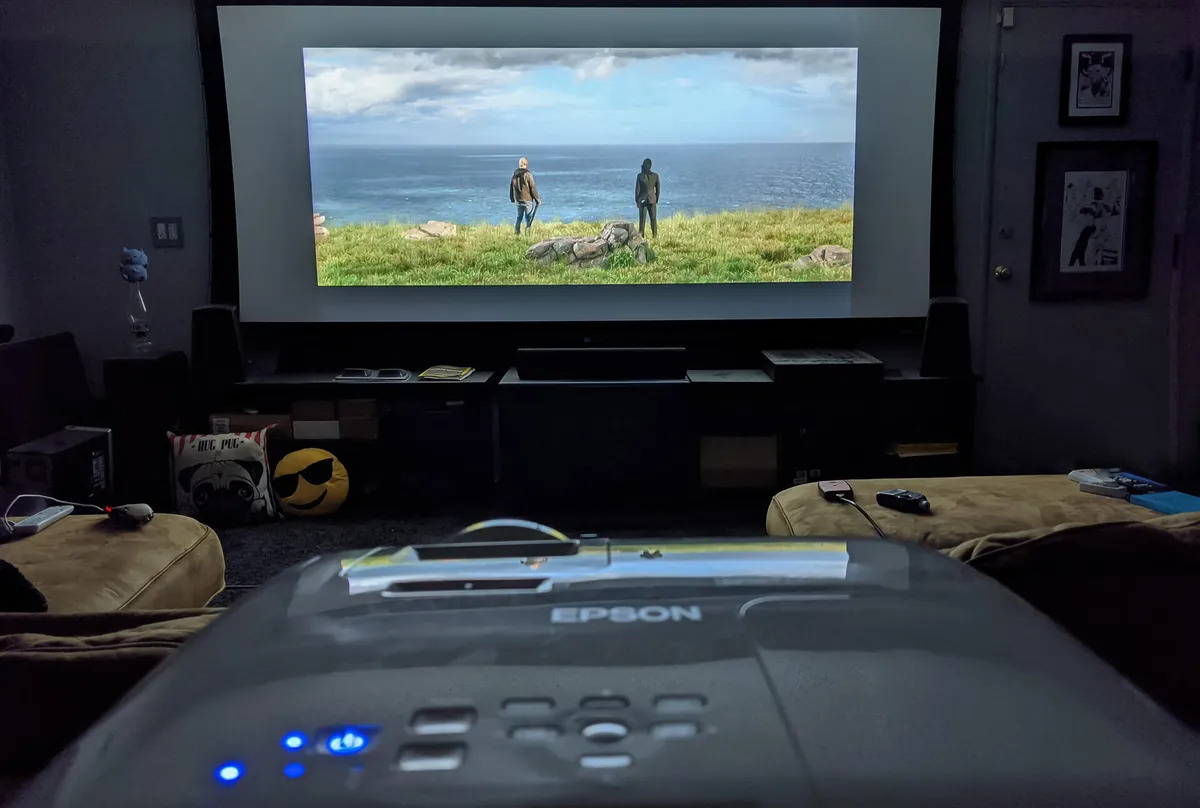
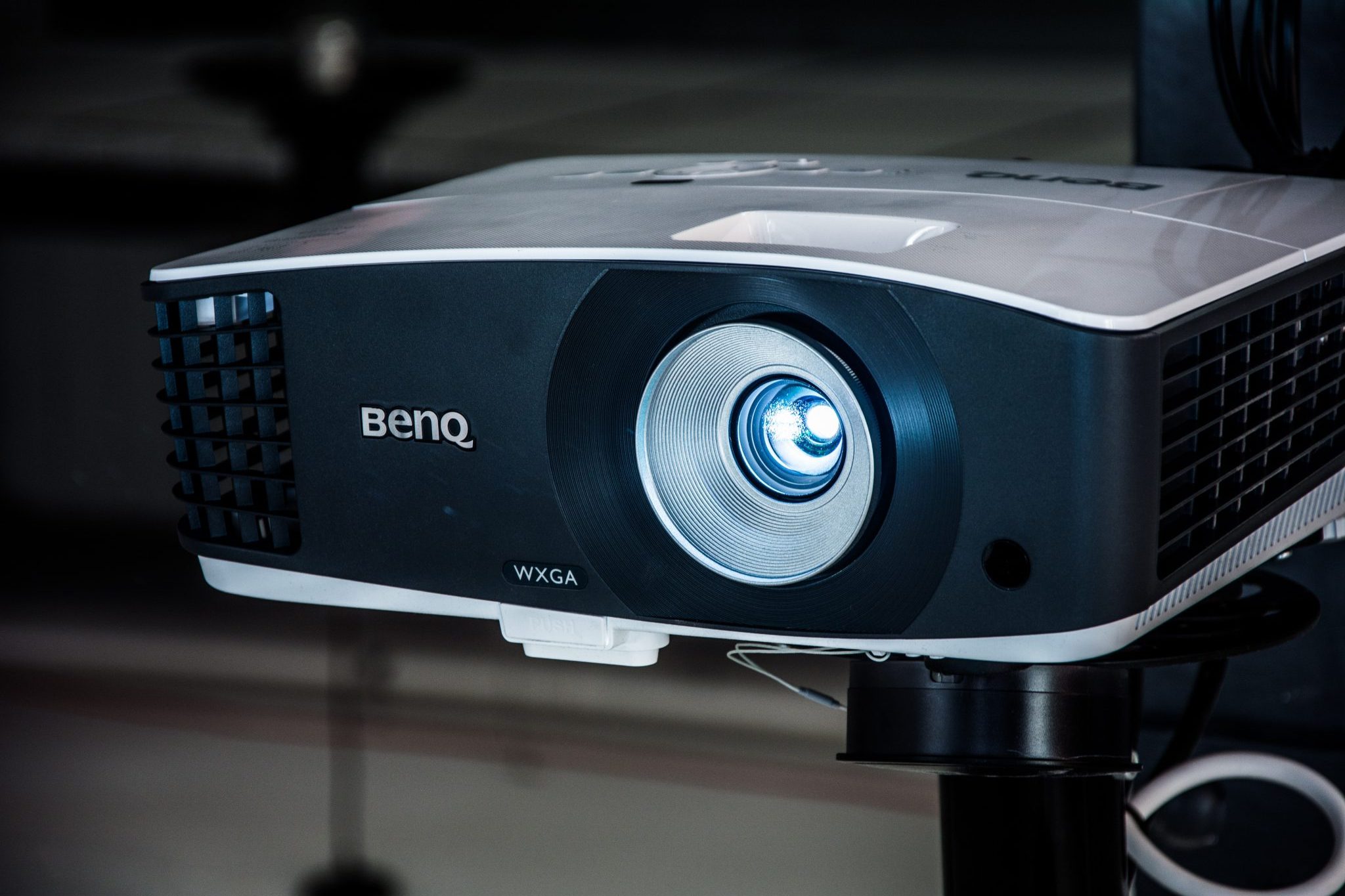


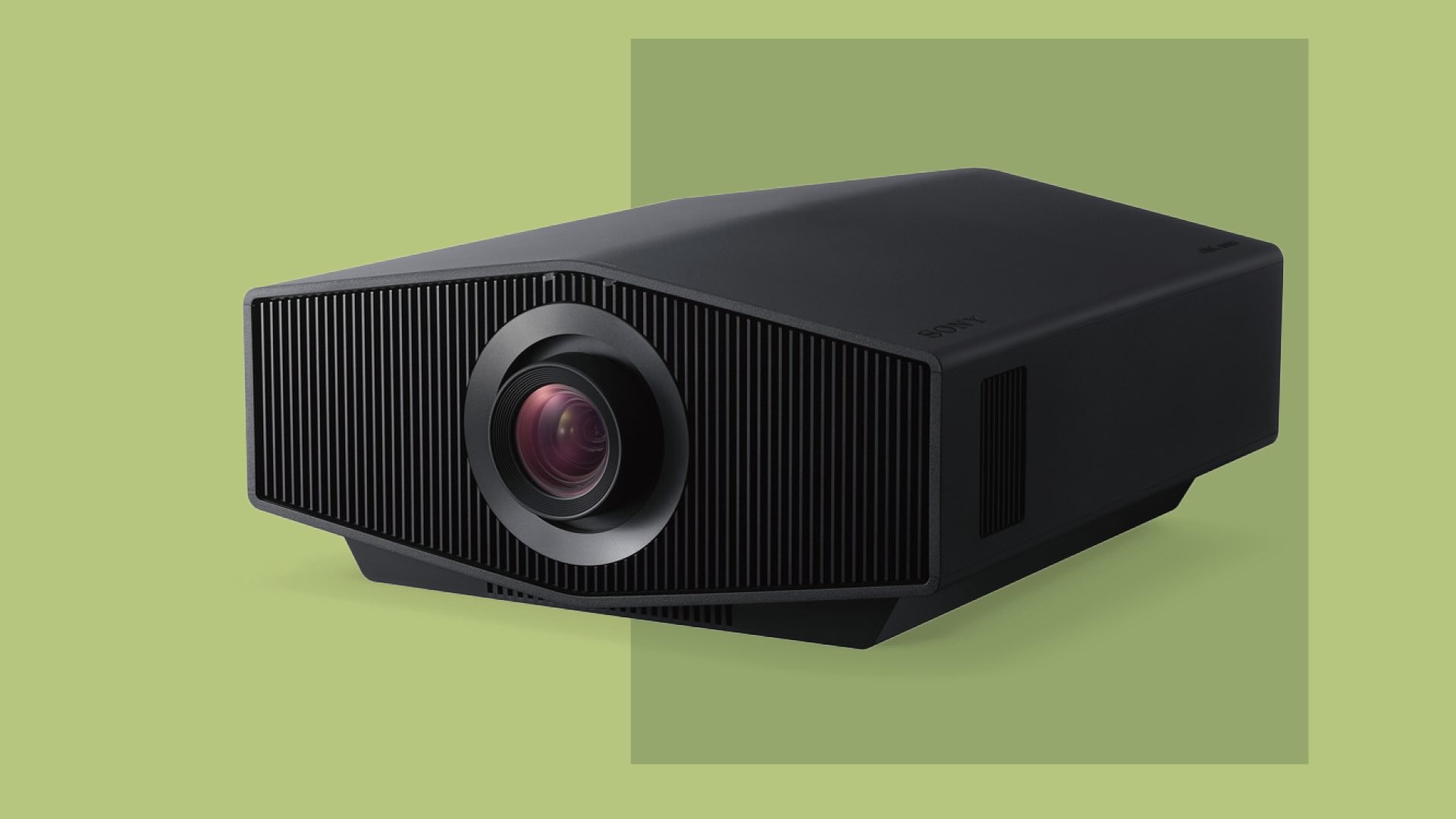
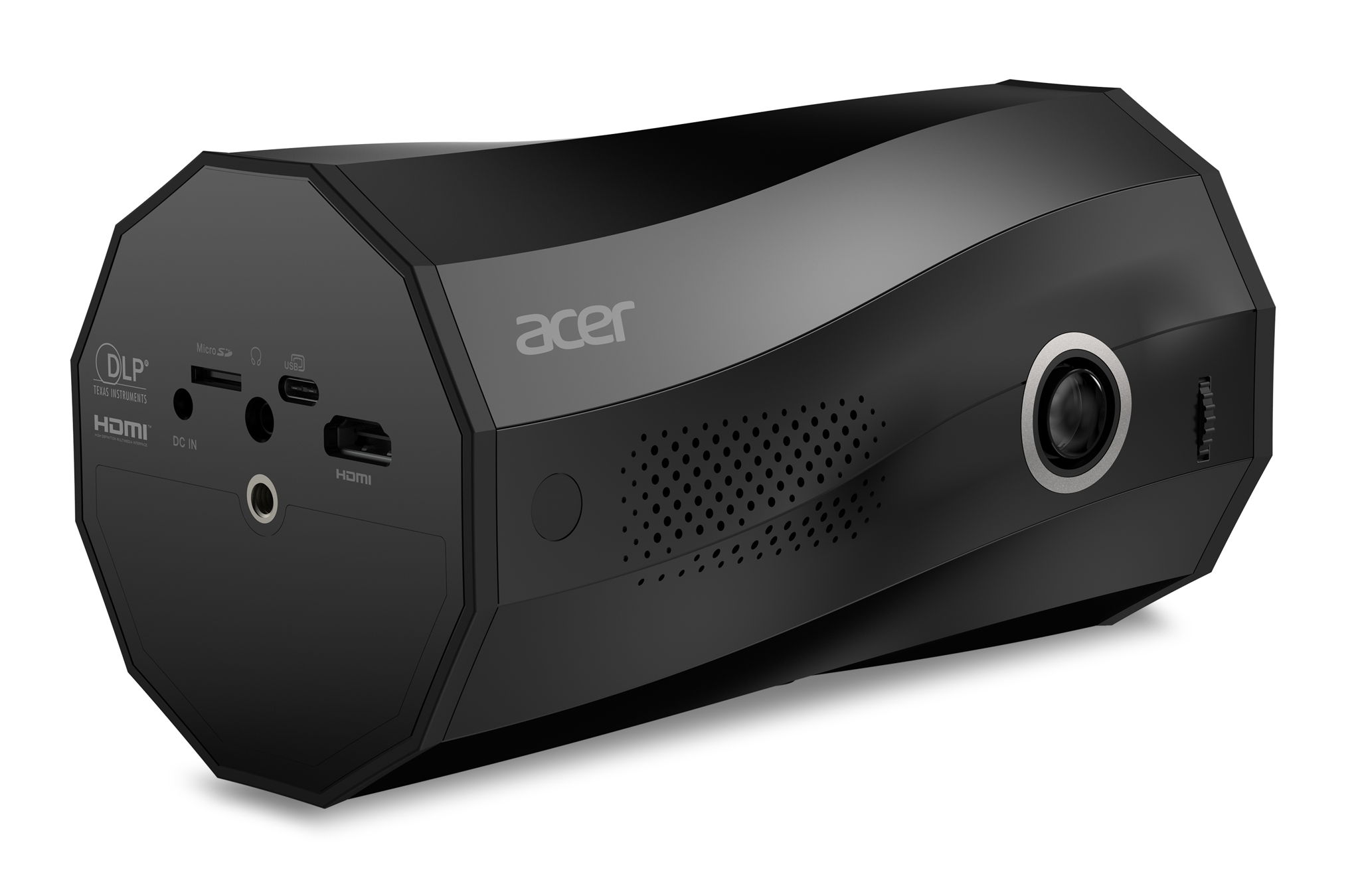

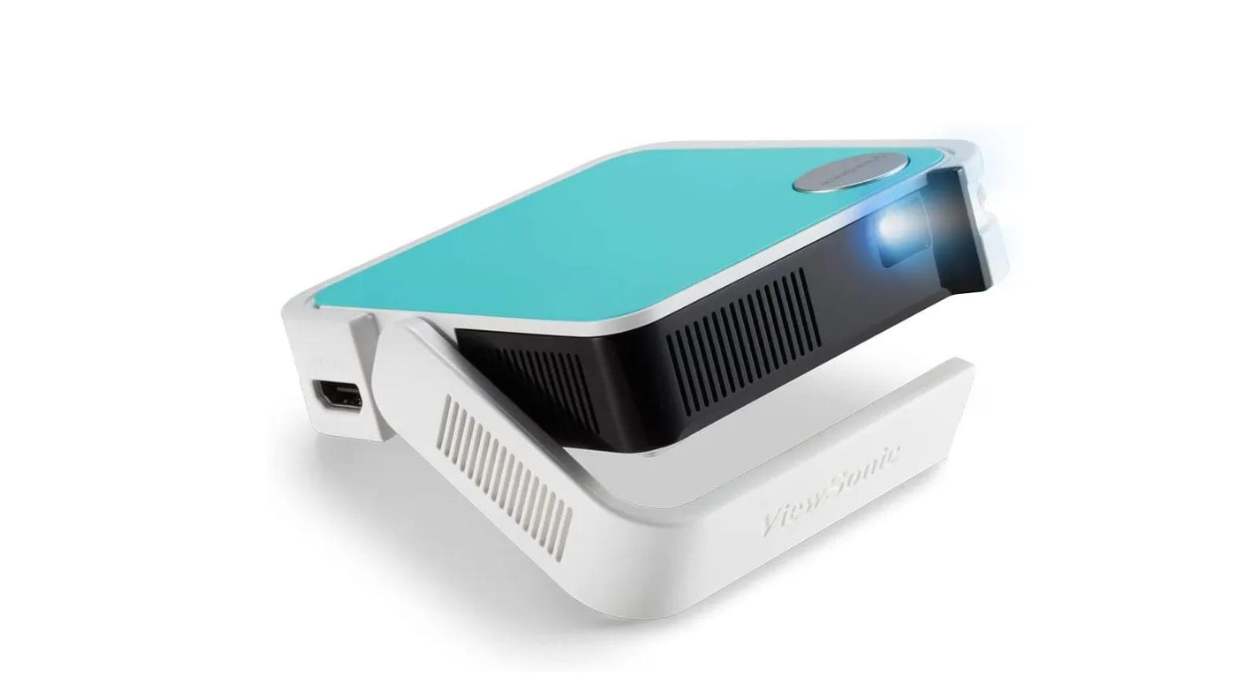
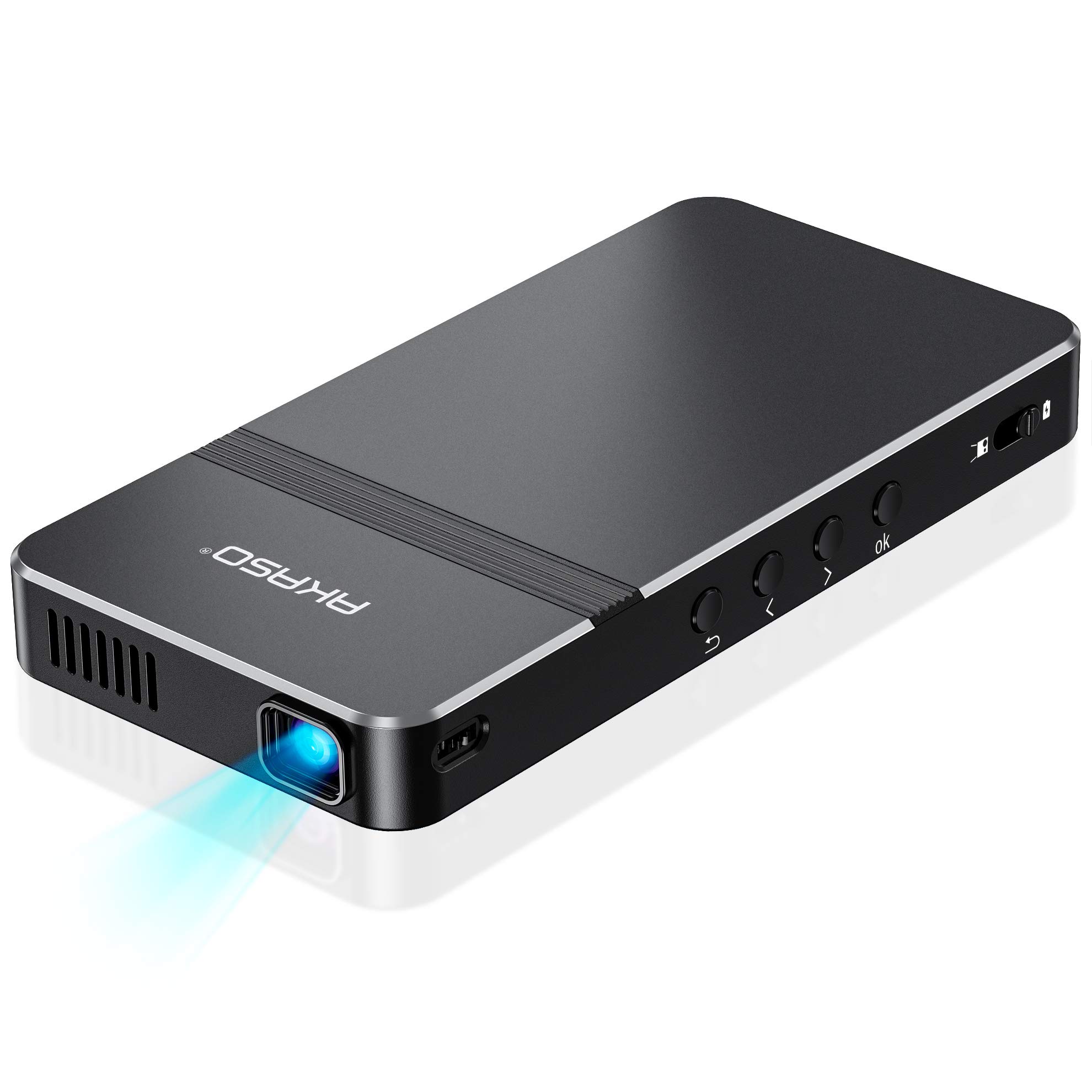
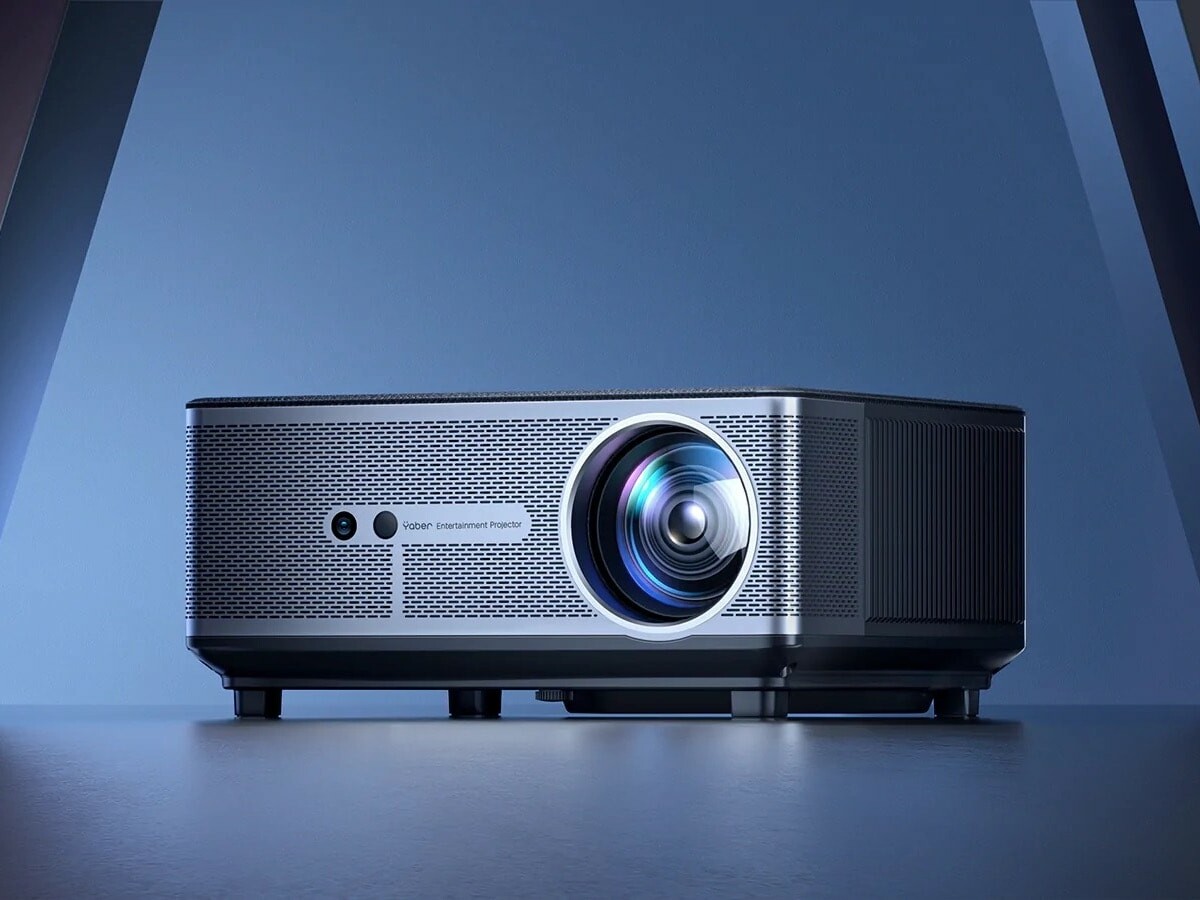
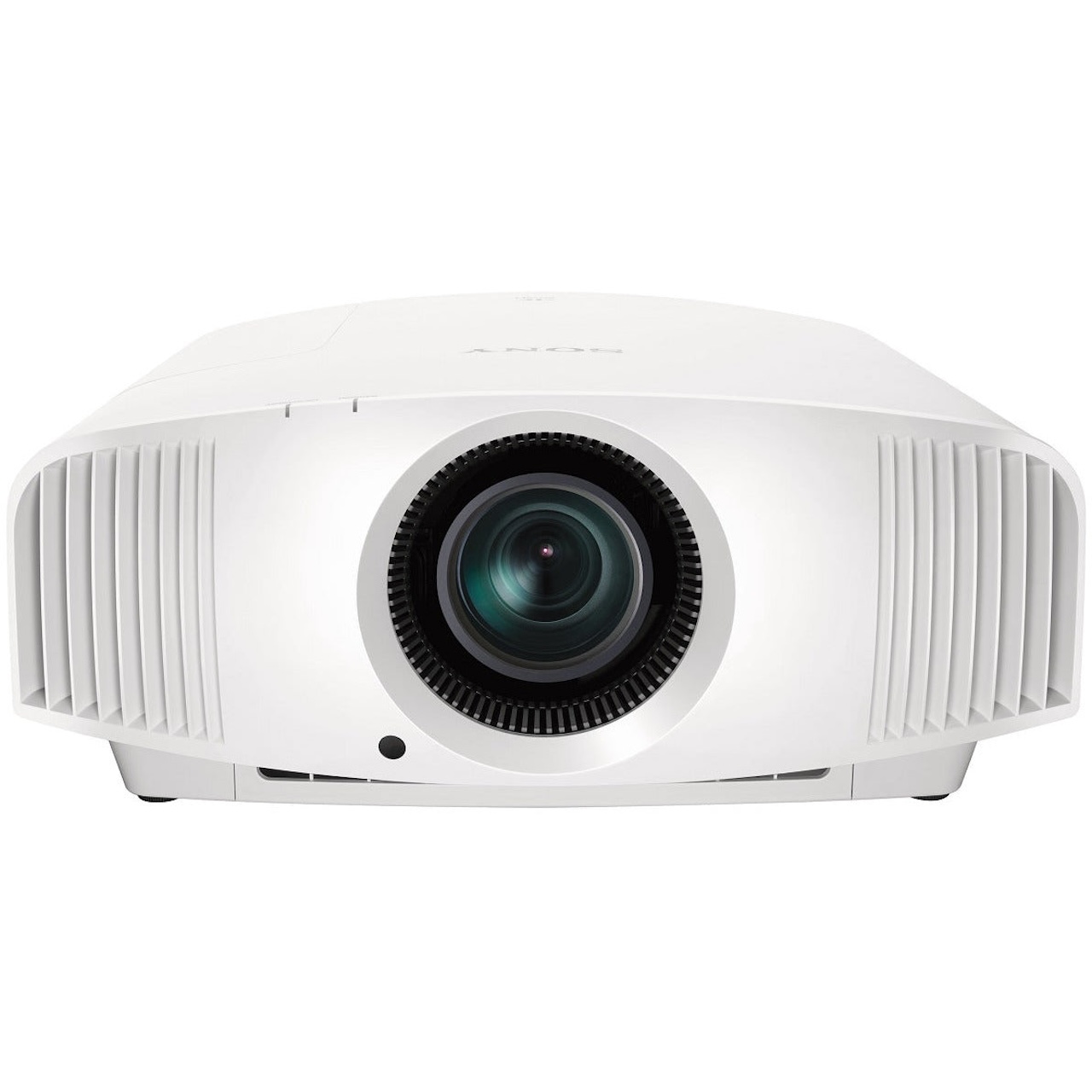



0 thoughts on “What To Look For In A Projector For Business”